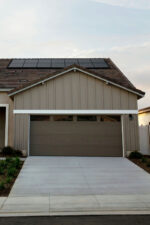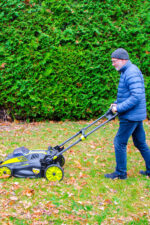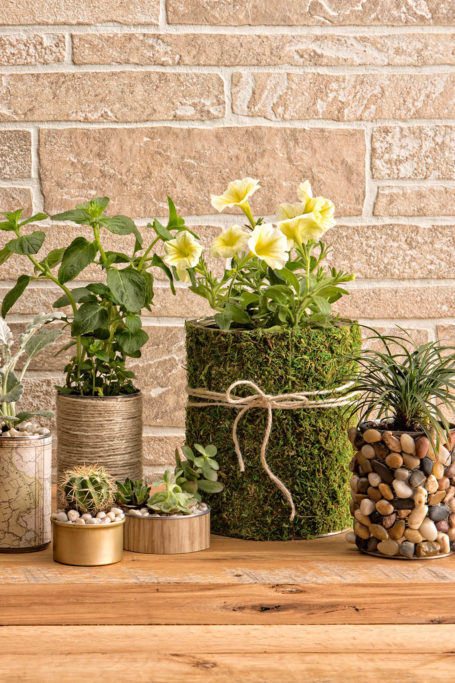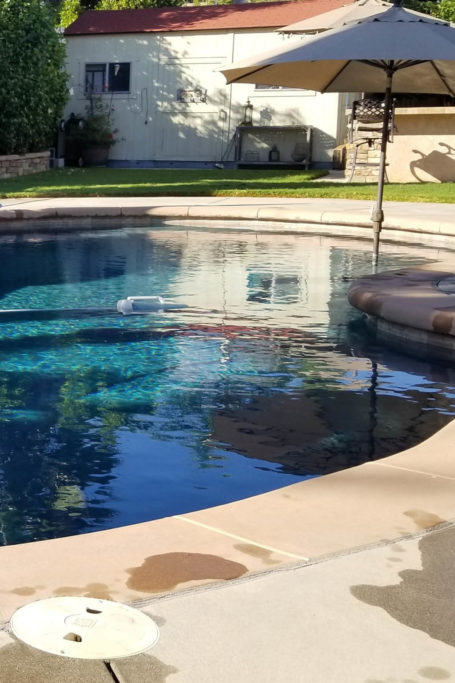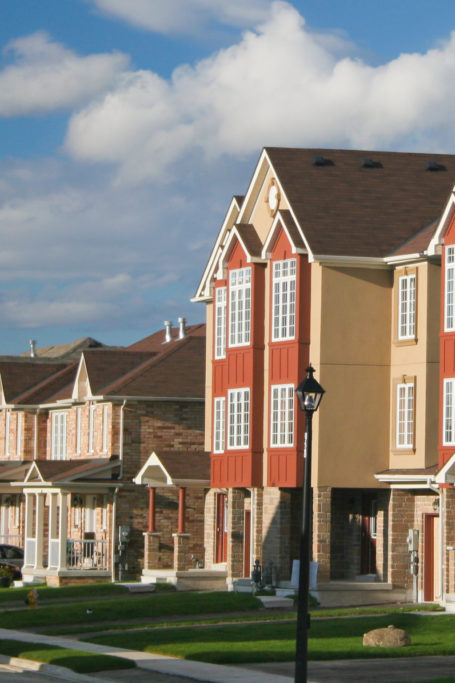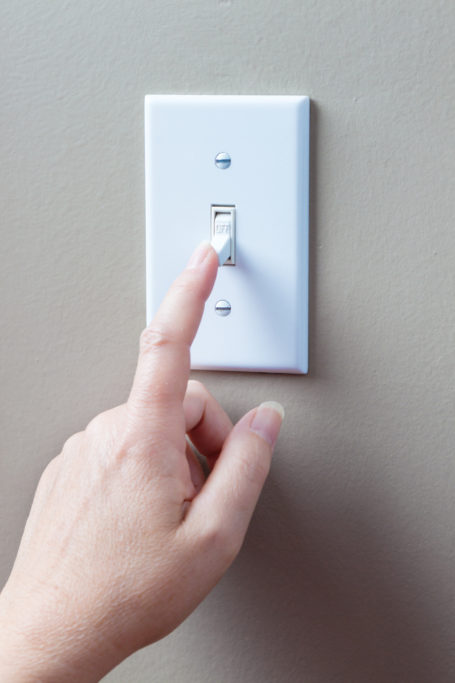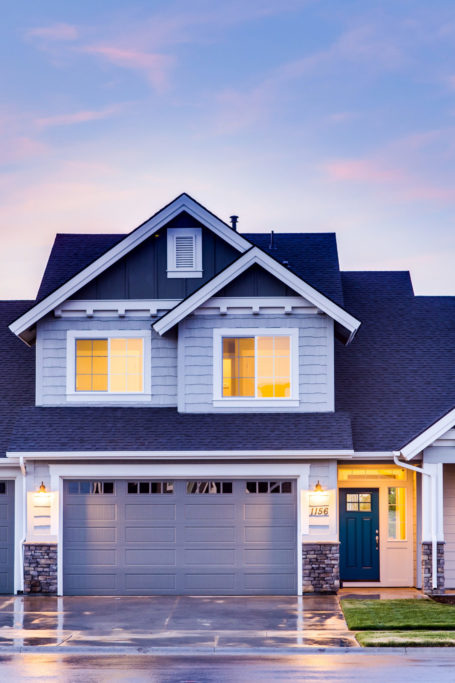Conducting a Home Energy Audit
As a homeowner, you may be eager to find ways to save on your utility costs without compromising your everyday comfort.
Thankfully, you don’t need to sacrifice modern conveniences like air-conditioning or hot water to make an impact—simply maximize your various systems’ efficiency. The first step in doing so is gathering information on their current state through a home energy audit.
What is an energy audit?
This process involves assessing your whole home’s energy usage. Experts such as the US Department of Energy have designed detailed methods for pinpointing the appliances that consume the greatest amount of energy and identifying common causes of waste. Upon discovering such issues, you can implement cost-effective enhancements that will help reduce your consumption, slash your utility bills, and enable you to contribute to a more sustainable environment.

Performing an audit
Follow these steps to review your home’s energy efficiency and find spots that may need improvement. You can also print the checklists at the end of this article to help you gather the necessary supplies and keep notes as you conduct your inspection.
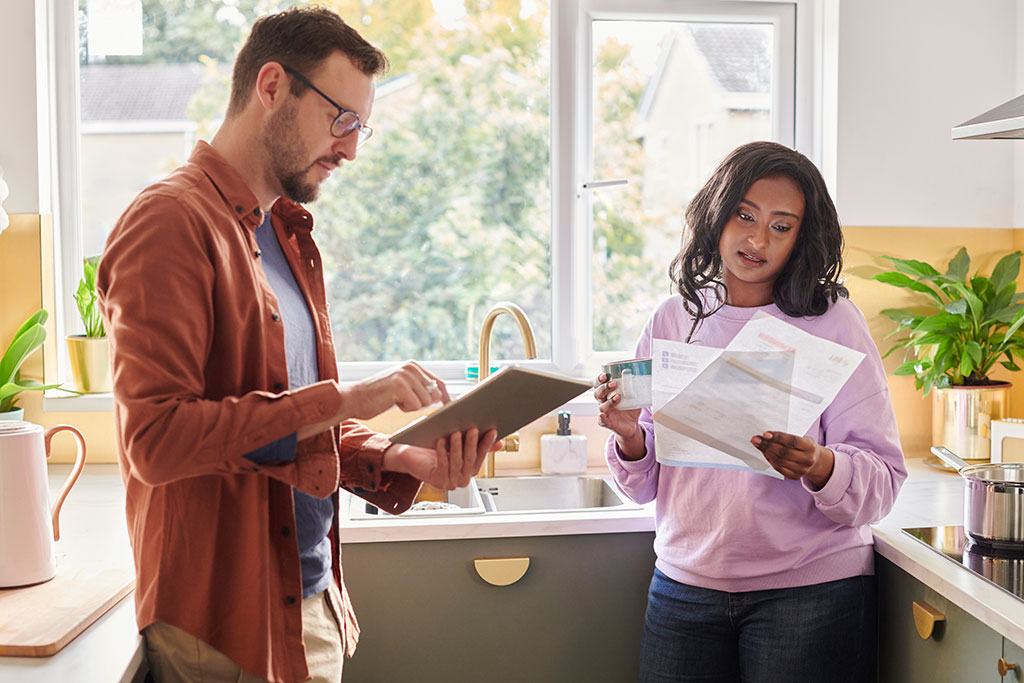
Assess your bills
Before you begin a walkthrough of your home, take a moment to review your utility statements. Have you noticed a sharp rise in expenses recently? Which times of year seem to be the costliest? Then consider your household habits and how you might tweak them—perhaps you can be more intentional about turning off unused electronics or adjusting your thermostat to reduce consumption while you’re away from home. This mindfulness alone may help you lower your energy usage and make a significant impact on your bills.
Inspect sealing and insulation
Now it’s time to grab your pen and paper and start exploring your home. A few prominent sources of energy loss are air leaks and inadequate insulation, so these are good starting points. To review the former, check for drafts near windows and doors, which may be a sign of gaps around the frame. You can use weather stripping to seal any you discover for an easy solution.
Next, inspect the insulation in your attic, garage, and basement. Consider adding or upgrading it in areas where it may be missing or damaged; one indication this may be the case is if the room seems less responsive to indoor heating or cooling. Swapping out windows for double- or triple-pane versions with low-emissivity coatings can also offer greater insulation by filtering hot sunlight and reducing warm-air transfer. Addressing these flaws can take a significant burden off your HVAC systems and improve your home’s energy efficiency.

Evaluate cooling and heating systems
These high-demand systems use up a lot of energy, especially during peak summer and winter months, making it essential to look over them thoroughly to ensure that they are operating as optimally as possible. Assess the filters and vents for dust buildup, replacing the former and cleaning the latter as necessary. Then check when your most recent professional tune-up occurred; if more than a year has passed, schedule one shortly. In addition, inspect each unit for a product label, which should display its date of manufacture. Heating and cooling appliances that are over fifteen years old are typically less efficient, so consider upgrading any older models to more energy-efficient versions, especially if they need significant repairs.
Inventory your appliances
Speaking of old systems, try to gauge the age of your other appliances as well, including your kitchen, bathroom, and utility-room units. As noted above, you can generally determine this by looking at the manufacturer’s label. If you recently purchased a home, you could also contact your real estate agent to reach out to the previous owner, who may be able to provide these details.
One of the best ways to make your home more efficient is to swap older units for Energy Star-rated models. These appliances meet strict guidelines set by the EPA that ensure lower energy consumption without sacrificing performance. In fact, many new appliances with this label may even perform better and offer more innovative features than standard models.
Inspect your lighting
Now assess how efficient your lighting is. Look for any incandescent bulbs throughout your home, and replace them with LED ones, which not only consume less energy but also last longer on average. You could also add timers, dimmers, or sensors to indoor and outdoor lights to prevent overuse.
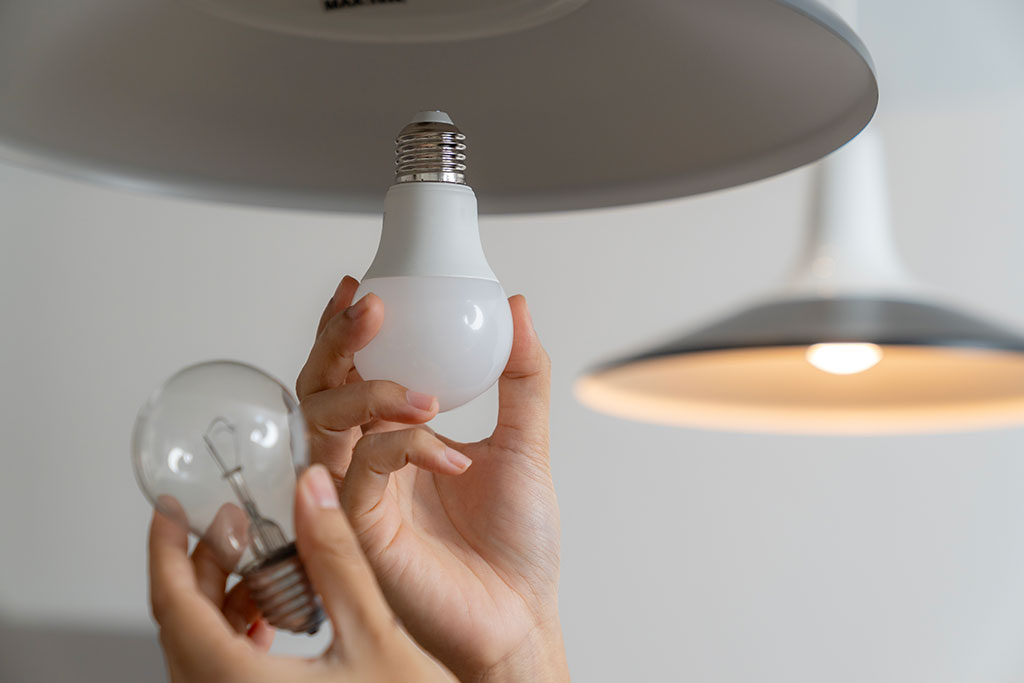
Monitor water waste
A frequently overlooked aspect of home energy audits is water waste. Any loss or excessive use of hot water can increase the demand on your boiler, in turn depleting energy. To audit your plumbing, check for dripping faucets and signs of leaks, such as musty odors or damp, discolored spots on your walls, floors, or ceilings. If you identify any issues, call a plumber to locate and remediate the problem. Another way to minimize water waste is to install low-flow faucets and showerheads—this change can make a significant impact on your overall energy consumption even by itself.
Select smart solutions
Finally, explore ways you could incorporate renewable energy sources into your home. Solar panels, for example, harness sunlight to generate clean and renewable electricity, potentially reducing your dependence on traditional grid power. While the initial investment in these panels may be substantial, there are various financial incentives and rebates available to help offset your costs.
Once you make repairs and other upgrades to your home, continue to supervise your energy consumption with a smart energy tracker, which measures your consumption and sends data to your smartphone in real time. You can even use such devices to set energy-usage goals and monitor your progress toward ongoing conservation.
Consider going pro
Conducting a home energy audit is simple to do on your own, but if you’d prefer to get an expert’s perspective on your home’s efficiency, you can look into hiring a professional energy assessor from your local utility company or weatherization office (a government program available in some communities). They will perform a thorough review of your property on your behalf and then recommend personalized efficiency improvements.

Whether you invest the time to audit your own house or hire a professional, this proactive process may very well pay off in the long run with enhanced comfort, a reduced environmental footprint, and, ultimately, more money back in your pocket.
For more info, visit energy.gov

